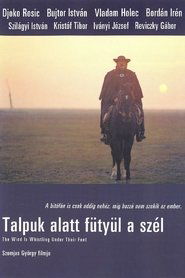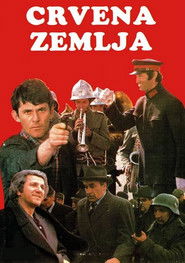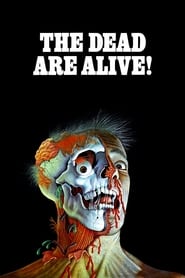detail profile vladan holec
Peran Yang Di Mainkan Vladan Holec
 Gyrgy Szomjass first featuremade after a...
Gyrgy Szomjass first featuremade after a...The Wind Is Whistling Under Their Feet 1976
György Szomjas’s first feature—made after a decade of short documentaries—is a bold attempt at a goulash western, set on the puszta, or Great Hungarian Plain, in 1837. Mixing Miklós Jancsó imagery and a Sergio Leone narrative, this ballad-like saga opens with image of a lone horseman on the empty plain, riding past a rude gallows. The film concerns the vengeful return of a legendary betyár (outlaw), briefly a hero to the local herdsmen who oppose the state building a canal across their grazing land. Although Szomjas works from ethnographic records and archival material, it is hardly surprising that this violent, primitivist film would be more popular with Hungarian audiences than critics. Replete with young guns, crooked sheriffs, tavern brawlers and hardbitten plug-uglies, this widescreen film is strikingly shot by Elémer Ragályi (cinematographer for most of Gyula Gazdag’s films)—a feast of loamy, autumnal colors.
 In Autumn of 1941 the German army...
In Autumn of 1941 the German army...Massacre at Noon 1975
In Autumn of 1941, the German army, determined to put down a Communist-led uprising in Serbia, is conducting a policy of killing 100 hostages for any German soldier killed. The city of Kraljevo is the site of one of those massacres, portrayed in this movie.
 A photographer on an archaeological expedition...
A photographer on an archaeological expedition...The Dead Are Alive 1972
A photographer on an archaeological expedition digging up Etruscan ruins in Italy begins to suspect that not all the Etruscans buried there are actually dead.
 Sarajevo 1944 The German armies desperately need...
Sarajevo 1944 The German armies desperately need...Walter Defends Sarajevo 1972
Sarajevo 1944. The German armies desperately need fuel in the retreat. Walter, the enigmatic and charismatic leader of the resistance movement, can endanger their supplies. The Germans are taking a cunning plan to remove that obstacle.

